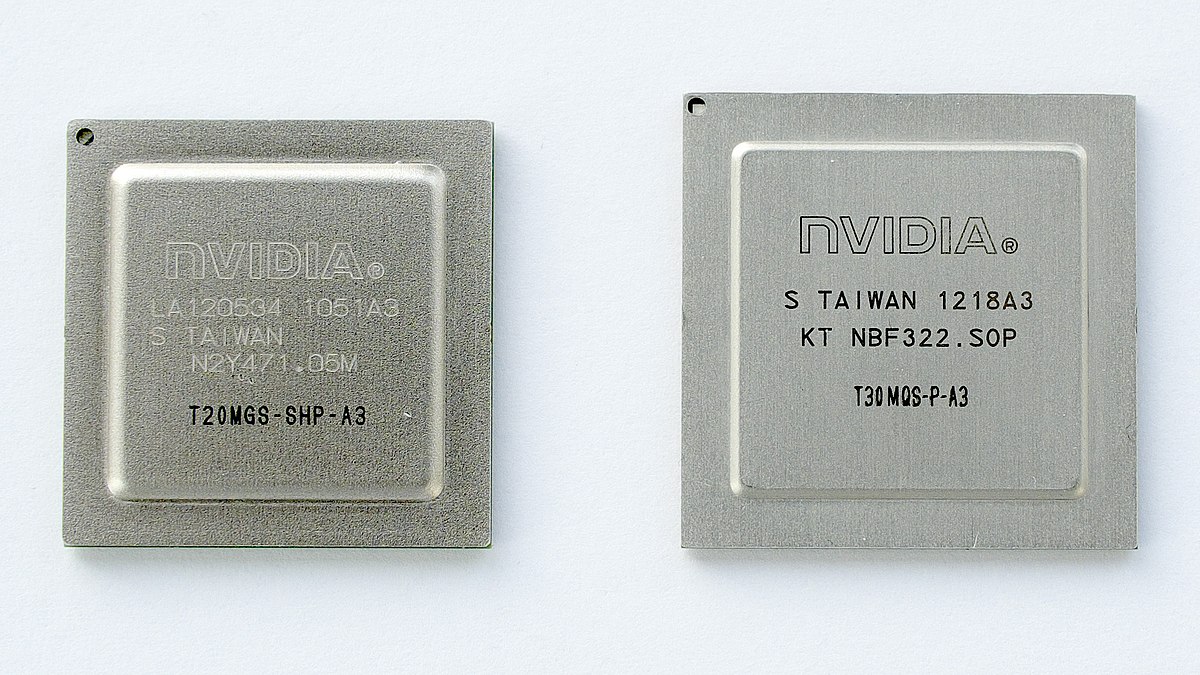
Intel 18A process node is showing significant technical progress and may soon play a critical role in powering next-generation graphics processors, including a possible design win for Nintendo's upcoming console, according to a new report by KeyBanc Capital Markets analyst John Vinh.
Vinh notes that Intel 18A is expected to debut in the second half of 2025 with the launch of Panther Lake, a CPU series leveraging this advanced node. Key process indicators (KPIs) such as yield and defect density are reportedly trending in a favorable direction and have reached acceptable levels.
In late February, Intel officially introduced the Intel 18A process on its website, highlighting its readiness for production. The technology integrates RibbonFET gate-all-around transistors for precise current control and introduces PowerVia, the industry's first backside power delivery system. This innovation boosts transistor density and cell utilization by 5–10%, reduces power delivery resistance, and improves ISO power performance by up to 4% compared to traditional front-side power architectures.
Compared to Intel 3, Intel 18A delivers 15% higher performance per watt and 30% higher transistor density. Intel describes it as the first sub-2nm node manufactured in North America, offering a geographically diversified production alternative for chipmakers.
Independent benchmarking by TechInsights places Intel 18A ahead of its competitors in performance at the 2nm level, scoring 2.53, compared to TSMC N2 at 2.27 and Samsung SF2 at 2.19. This suggests Intel 18A currently leads in the race for next-gen process technologies.
In March, Intel engineering lead Pankaj Marria celebrated a milestone on LinkedIn, announcing that the first production batches using the Intel 18A node were successfully completed in Arizona—marking a major step forward for Intel's advanced manufacturing roadmap.
Based on Vinh's latest findings, the 18A process has achieved stable yields, setting the stage for the timely launch of Core Ultra 300 “Panther Lake” CPUs later this year.
Notably, Reuters previously reported that NVIDIA and Broadcom are actively conducting test runs on Intel 18A, while AMD is also evaluating the process for future designs. Vinh's report goes further, suggesting Intel may have secured a GPU order for Nintendo's future Switch 3 console, leveraging its 18A node for manufacturing.
It's worth mentioning that Nintendo's newly announced Switch 2, unveiled on April 2, is powered by a custom NVIDIA processor featuring RT and Tensor cores for enhanced visual effects and AI capabilities. NVIDIA claims the new system delivers up to 10x graphics performance over its predecessor, with shipments expected to reach 15 million units in 2025.
If Vinh's prediction proves accurate and Switch 3's GPU moves to Intel 18A, ongoing testing by NVIDIA makes perfect sense.
Vinh also observed that Intel has reduced pricing for its Lunar Lake CPUs by 20% to 40% to gain market share, though this aggressive pricing is impacting its gross margin recovery, currently reported at 34.32%. Despite these pressures, Vinh maintains a positive outlook for Intel, driven by the strong progress of Intel 18A and resilient server demand, particularly in the cloud computing and AI segments.
Meanwhile, Vinh downgraded his rating on AMD, citing sustainability concerns in its AI GPU business in China and rising competitive pressure from Intel's aggressive pricing. He believes AMD has limited opportunity to gain market share at Intel's expense given the latter's process advancements.
Interestingly, market demand for AMD's upcoming MI308 GPU remains strong. According to J.P. Morgan analyst Harlan Sur, AMD's AI GPU revenue could grow 60% in 2025.
Intel 18A Shows Strong Progress, May Power Switch 3 GPU - Electronic Components Distributor - SMBOM.COM
Intel 18A process shows strong progress and may secure Nintendo Switch 3 GPU order, marking a major leap in 2nm chip performance and advanced manufacturing. Electronic Components Distributor
www.smbom.com



